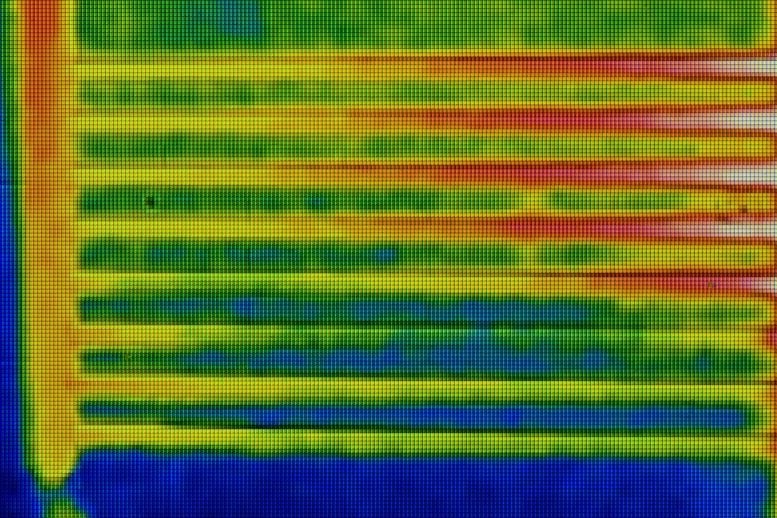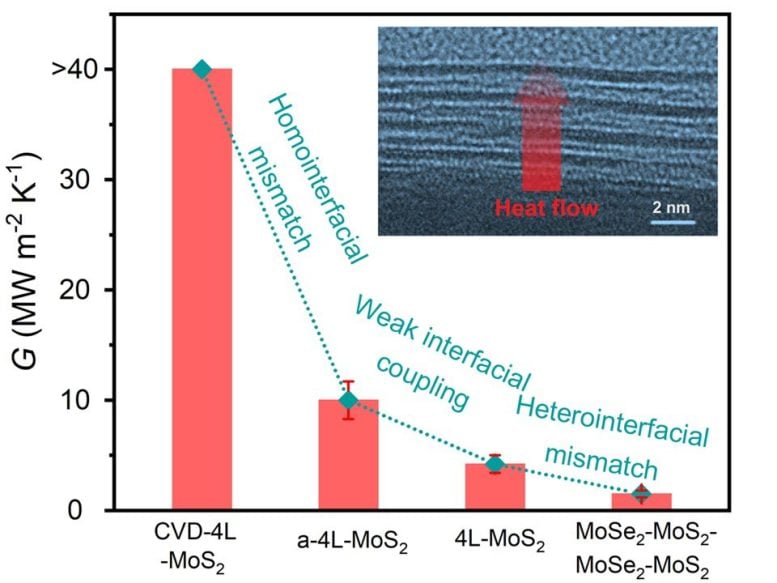
Heterostructures of atomically thin layers help control heat transfer.
Researchers from Tokyo Metropolitan University have found new ways of controlling how heat flows through thin materials by stacking atomically thin layers of atoms into van der Waals heterostructures. By comparing different stacks of different materials, or even the same material after heat treatment, they found that weak coupling and mismatch between layers helped significantly reduce heat transport. Their finding promises sensitive control of heat flow at the nanoscale in thermoelectric devices.
Heat is everywhere, and it flows. We’re witness to it every day, when we touch a cold door handle, see ice melting, or put a pot on a stove. Heat in the wrong places can also be damaging. Examples include overheating electronics, as microchips produce more heat than they can move away while they carry out intensive computational tasks. This can damage or severely reduce the lifetime of electronic devices, making control of heat flow at the nanoscale a pressing concern for modern society.

Different levels of heat transfer are found in layers formed (from left to right) by chemical vapor deposition, annealed weakly bound layers, weakly bound layers, and alternating layers made of two different materials. (inset) Electron microscopy image of the cross-section of a typical 4L structure. Credit: Tokyo Metropolitan University
A team led by Professor Kazuhiro Yanagi of Tokyo Metropolitan University has been working on ways to produce and handle ultrathin layers of a class of materials known as transition metal dichalcogenides. Here, they took layers of molybdenum disulfide and molybdenum diselenide a single